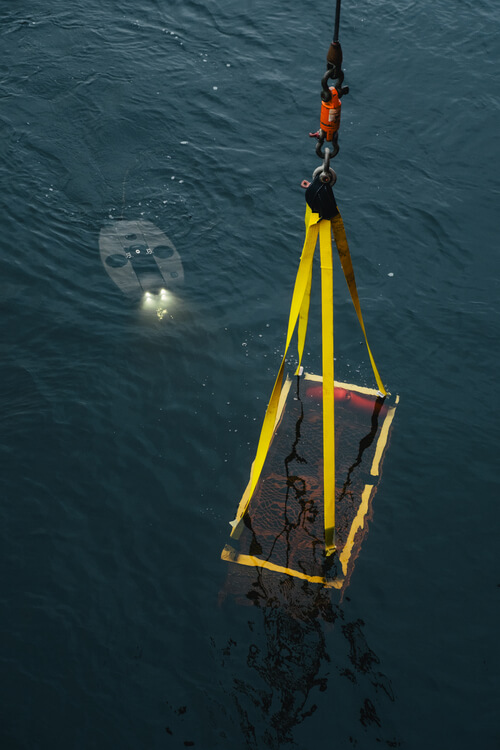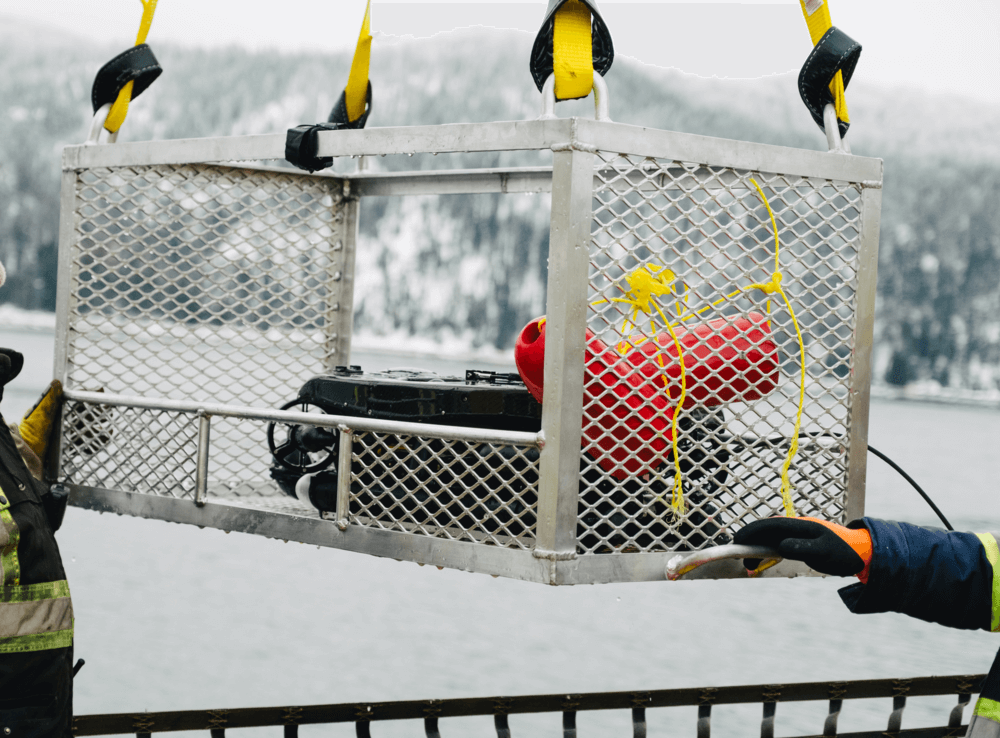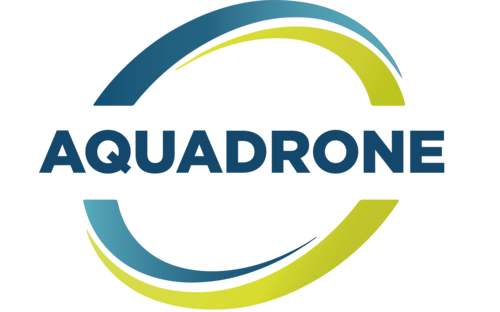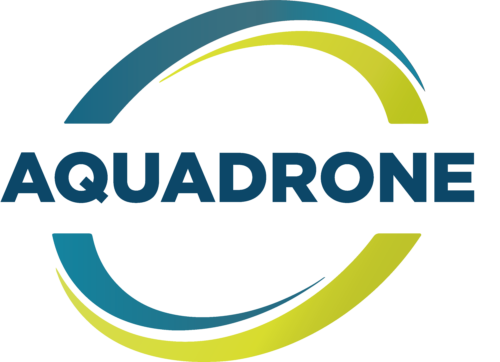FAQ
Frequently Asked Questions
Have more questions? Our team is at your disposal to answer all your inquiries and support you in your underwater projects.

Underwater drones, also known as ROVs (Remotely Operated Vehicles), are versatile tools that allow for the exploration, inspection, and documentation of underwater environments without disturbing natural habitats. Here are some concrete examples of their main areas of use:
Civil engineering
ROVs are ideal for inspecting submerged structures, such as bridge piles, dams, or docks.
Examples :
- Assessment of the condition of underwater structures before work.
- Real-time observation during diver interventions.
- Documentation of wear or structural damage to plan maintenance.
Environment
Underwater drones enable non-intrusive ecological monitoring, essential for research or environmental monitoring.
Examples :
- Survey of marine fauna and flora.
- Monitoring the impact of climate change on ecosystems.
- Pre- and post-work inspections to ensure compliance with the natural environment.
- Observation of interactions between species and their adaptation to their habitat.
Maritime transport
ROVs are a valuable ally for the maintenance and inspection of vessels and port infrastructure.
Examples :
- Inspection of ship hulls to detect cracks, leaks, or impacts.
- Inspection of the condition of docks and moorings
- Detection of obstacles in waterways.
- Sampling near port areas.
Industrial
In the industrial sector, ROVs facilitate regular inspections without interrupting operations.
Examples :
- Inspection of tanks, basins, or water vessels without draining.
- Prevention of failures in submerged parts.
- Monitoring in drinking water plants.
The possibilities for intervention are nearly limitless. Each project is unique, and our team is ready to take on new underwater challenges. Contact us to discuss your specific needs — together, we’ll find the solution that fits your reality.
We primarily use two types of medium-sized ROVs (underwater drones), designed for a variety of industrial applications. In addition, we have a compact ROV, ideal for confined or hard-to-reach environments. We also have a drone specifically dedicated to inspecting drinking water infrastructure, enabling precise and safe operations within this type of network.
Depending on the model used, our underwater drones can operate at depths of up to 300 meters (1,000 feet). This capability allows us to work effectively in a wide range of environments, whether in natural or industrial settings.
Our underwater drones (ROVs) enable remote inspections, significantly reducing risks to personnel. We use cutting-edge technology and follow strict protocols to ensure operations are both safe and efficient. All our operators are trained to work in aquatic environments, and at Aquadrone, we are committed to upholding the highest safety standards in the industry.
Yes, we offer rapid response services to address urgent needs, such as critical inspections or the recovery of submerged equipment. Contact us to learn more.
Yes, if this is part of the needs established with the client, we provide a detailed report including images, videos, and a summary of key findings from the inspection. For an in-depth technical analysis by a professional, we collaborate with engineering consulting firms that can handle the data analysis. This report helps our clients make informed decisions and better plan the next steps of their project.
We do not currently sell underwater drones. However, we offer personalized consulting services to help you choose the type of ROV best suited to your needs, operating environment, and budget. Whether you're just getting started or looking to upgrade your equipment, we can guide you toward the best options on the market.
We are experts
The alliance of technology and expertise
At Aquadrone, we combine cutting-edge technology and expertise to deliver solutions for inspection and intervention underwater. The interventions are carried out by certified operators in technical inspection.
- Recognized expertise
- Advanced technology
- Enhanced safety
- Guaranteed precision
- Reliable service
- Reduction of interruptions in your operations


